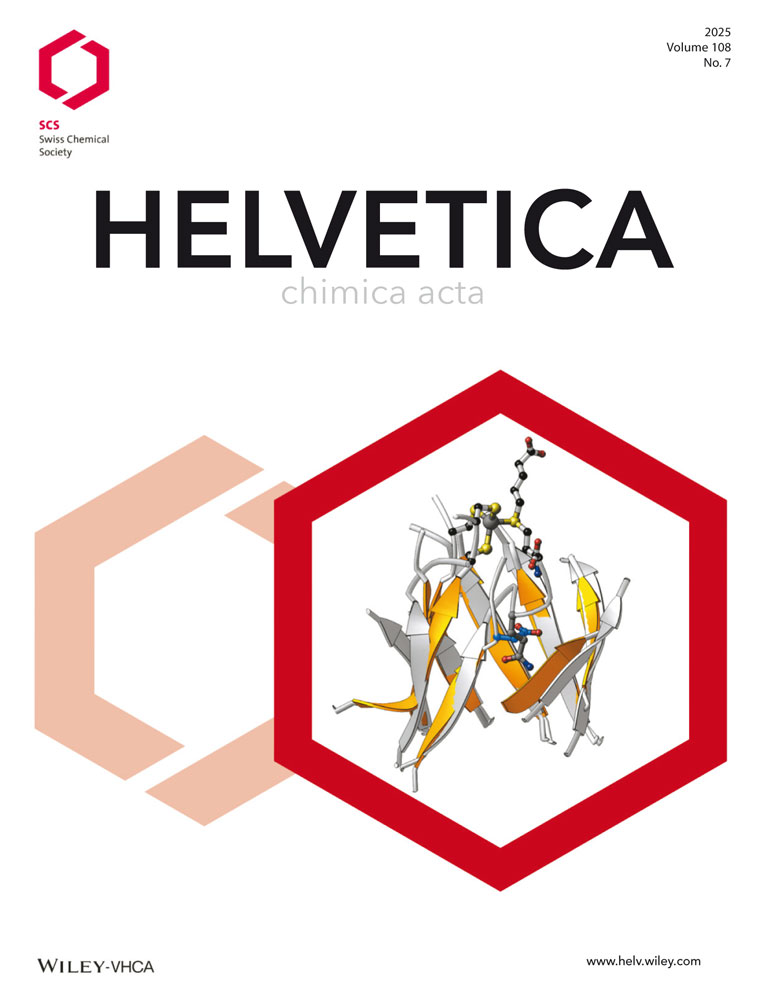Gas-Phase Reactions of Homo- and Heteronuclear Clusters MM′+ (M, M′=Fe, Co, Ni) with Linear Alkanenitriles
Abstract
Fourier-transform ion-cyclotron-resonance mass spectrometry is used to investigate the reactions of mass-selected homo- and heteronuclear clusters MM′+ (M, M′=Fe, Co, Ni) with linear alkanenitriles. The reactions with pentanenitrile are examined in detail by means of deuterium-labeling studies. In comparison to the previously studied atomic cations Fe+, Co+, and Ni+, the diatomic cluster cations react more specifically and only insert in CH bonds in the initial step, whereas the bare ions M+ activate both CH and CC bonds. Like for the atomic cations, dehydrogenation proceeds via remote functionalization of the terminal positions of the substrate, although H-scrambling processes, preceding dehydrogenation, are more pronounced for the dinuclear cluster cations. The Ni-containing cluster cations CoNi+ and Ni are unique in that they bring about double dehydrogenation as well as activation of CC bonds subsequently to the first dehydrogenation. The latter kind of reaction is also partly observed for the [RCN−H2]-complexes of FeCo+, Co, and FeNi+ in their secondary reactions with pentanenitrile. The behavior of the Fe-containing cluster cations Fe and FeCo+ is more subtle compared to that of the Ni-containing clusters Ni and CoNi+ as well as that of homonuclear Co. Based on extensive labeling experiments, dehydrogenation of pentanenitrile by these cluster cations follows a 1,2-elimination mode, whereas loss of H2 from the Fe and FeCo+ complexes of the substrate proceeds to some extent via a 1,1-elimination involving the unactivated Me group of the substrate. A more quantitative description of the labeling distribution has been achieved by extensive modeling.




